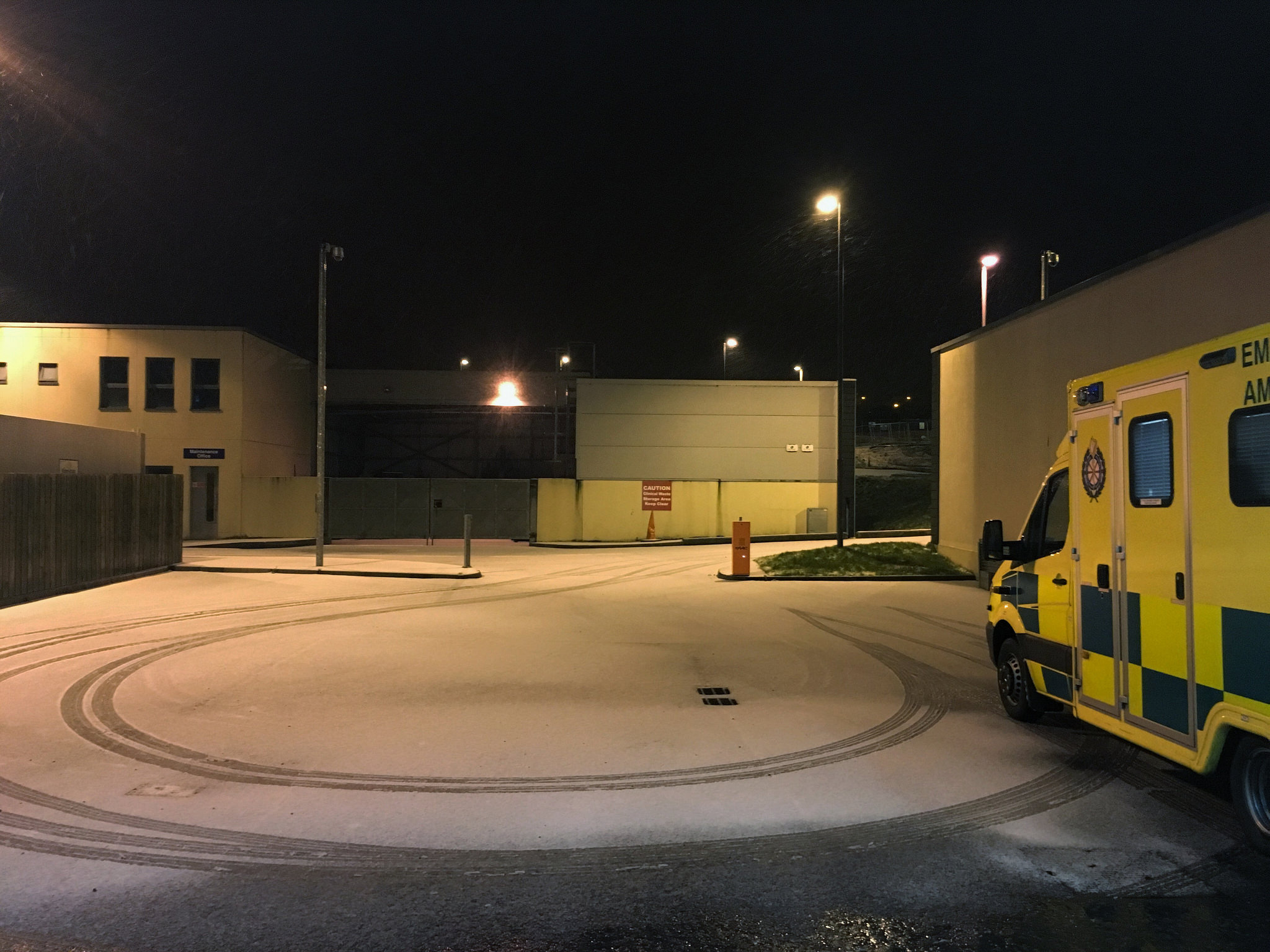Cold Comfort: A&E Fills With Those Left in the Cold
by Dr J
20 December 2017

This is part one of Cold Comfort, a regular series covering the NHS winter crisis from within A&E.
Leaving my first night shift in an accident and emergency department on the morning of the coldest day of the year, the reality struck me about sending one of our patients back out into the streets.
At 72, he had a range of chronic health problems, including a malignant cancer, and was lost to follow-up. Although unable to look after himself, he confided in me about having engagements later in the night; with his clothes soaked and dirty, that prospect seemed unlikely. As winter weather hits in, A&E begins to fill up with those left out in the cold.
The number of people classed as homeless has seen a year on year rise since the Coalition government started in 2010, and has now reached over 300,000 across Britain. As a doctor, I bear witness to this working in A&E departments, and in primary care, hearing stories of patients being turned away from hostels and repeatedly placed in inappropriate housing for their needs. Doctors are called upon to write countless letters to housing authorities to request suitable housing for their families, increasing the workload of this already overstretched profession. However the recommendations in these letters are often ignored by local authorities, as has been shown in the recent Local Government and Social Care Ombudsman report.
Homelessness is associated with greater health needs and greater inequalities in accessing care. It is a stark example of the inverse care law, first described in the 1970s, which demonstrates the perverse relationship between those who need healthcare and how it is accessed: those with the greatest need are the least likely to find help. Patients are regularly turned away from GP surgeries for not having proof of address, despite this contradicting NHS England policy.
A November report from Shelter showed that homelessness levels in the UK have reached 307,000, up from around 250,000 in 2016. The report identified a lack of affordable housing, changes to local authority housing allowances and short-term private tenancies as key causes in the rise in homelessness. London, where I work, has the greatest proportion. As well as the well known day-to-day dangers faced by those sleeping rough, living in cramped, poorly maintained accommodation, this patient group suffers from increased mental health problems as well as both infectious and non-communicable diseases. Conditions easily managed in primary care such as high blood pressure, which increase the risk of strokes and cardiovascular disease, are left untreated. Infectious diseases, such as tuberculosis, which require long treatment regimes are harder for patients to maintain whilst they are living in unstable situations.
Despite the acute vulnerability of the homeless when it comes to healthcare needs, recent changes in legislation and a hostile environment created by the government push the vulnerable further from help. With no recourse to public funds their options are limited, often placing them in dangerous situations.
In response to rising numbers, in April 2018 the Homelessness Reduction Act will come into force. This aims to increase the number of people the government is entitled to help with housing. But as local authority budgets continue to be slashed, and with hostels quickly filling up and many others closing, the government doesn’t state how this will be achieved.
Despite the depressing figures quoted by Shelter and the Ombudsman report, the actual numbers are thought to be even higher. The data collection methods fail to capture the number of hidden homeless, which includes some of the most vulnerable groups who are unable to approach the council for help with housing. Those with no recourse to public funds, such as undocumented migrants and refused asylum seekers, do not appear in the government figures. Under draconian measures they are forced to live below the radar, unable to apply for contracted work or safe housing. Furthermore, changes to NHS legislation in October made the hidden homeless ineligible for most secondary (hospital and community) care, or help from any charity that receives NHS funding.
I felt guilty at hurrying the 72 year old gentleman out of the cubicle, but I had no choice: trolleys line the corridors, and I have severely unwell patients who have been waiting hours to be seen. Unfortunately, we cannot offer him anything else tonight, and this isn’t where he should be. I dress him in an assortment of clothes that have been left behind; his frail body fits easily into some women’s jeans – all I can find for him. Failed by multiple systems, he has ended up here, and I can’t help but feel we’re failing him again. With his follow up dates written on some scrap paper, he disappears, into what I realise only four hours later at the end of my shift is the first snowfall in London of the year.
Dr J is a medical doctor working in A&E in one of London’s major trauma centres.